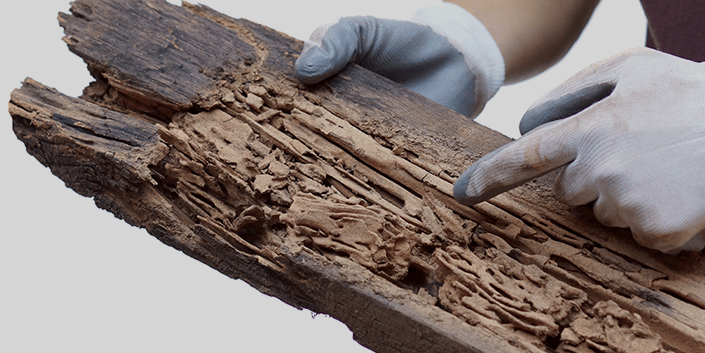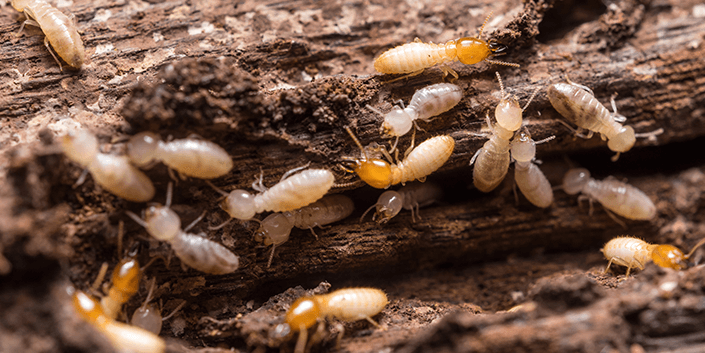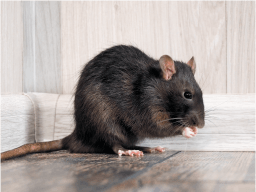Termite Colonies: What You Need To Know
If you have a termite issue, your problem isn’t with just one termite or even just a few. Since termites are social insects, properly getting rid of termites means learning about termites and their living and social arrangements.
Schedule Today!
What Is A Termite Colony?
Termites are what is known as a eurosocial species. This is a scientific classification that essentially means that termites live at the highest level of organization of sociality: they collectively care for each other and for their infants, a generational overlap exists within their society and there is a division of labor under which specialized behavioral groups exist, also known as castes.
Castes
Each termite colony is socially divided into specialized groups, or castes, determined by distinct jobs. Each caste has a specialized task and together all of these groups help the whole colony function. Termite colonies are made up of three castes: reproductives, workers and soldiers.
Caste Members
Reproductive swarmers are also known as alates and are the only members of the colony that have wings. New colonies begin in the spring when alates leave their nests to find mates and begin new colonies on their own. When a male and female swarmer pair up and decide to mate, they chose a nesting spot, shed their wings and go underground. These alates become the Queen and King of their new colony and will remain underground for the rest of their lives.
The sole purpose of the termite soldier is to protect the colony from any ant invaders or competing termite colonies. The termite soldier is easily recognizable due to its orange head and large mandible pinchers. Soldiers are blind, sterile and cannot feed themselves.
Worker termites are the largest caste of the colony and are responsible for the majority of the daily activity of any colony. Their duties include gathering food, constructing mud tunnels to get to the food, building and repairing the colony, feeding the soldiers and caring for the infant and young termites. Workers are also blind and sterile.

Cleanliness
Termites take a lot of care and precaution to keep a clean nest. Workers help to groom one another and are tasked with grooming the soldiers and reproductives as well. This hygienic work helps to control any parasite or harmful bacteria in and around the colony and nest.
Travel
Studies have shown that termites, small insects one-eighth to three-eights of an inch in length, will travel over 200 feet from their nest in search of food.
It is estimated that termite colonies are responsible for damage in 1 in 5 homes in high activity termite areas which includes all of the southeastern region of the United States. Don’t let your home become a part of this statistic! Call Pest Control Experts today to schedule your home pest inspection as soon as possible!
Call 855-891-5410














